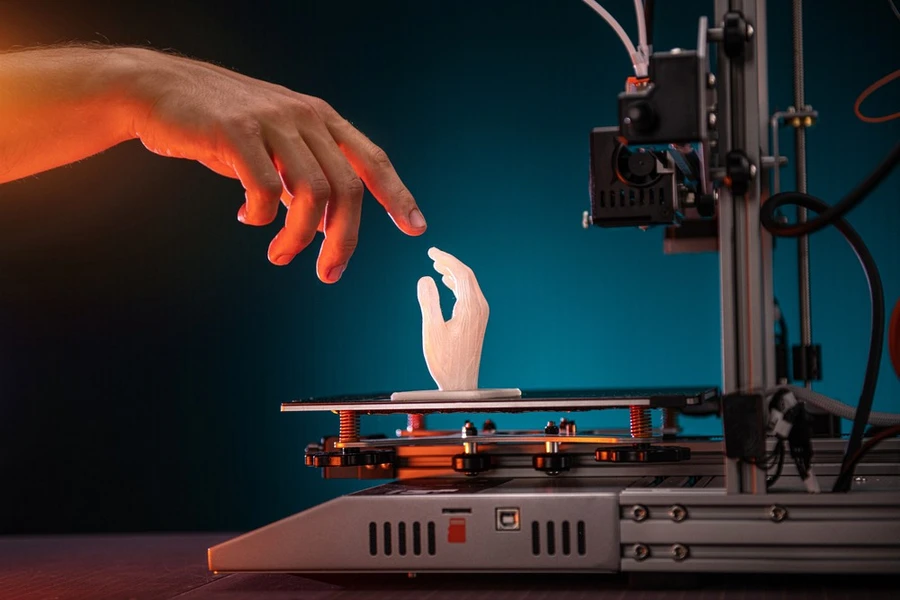What is 3D Printing and How Does It Work?
What is 3D Printing and How Does It Work? - Blog
In recent years, 3D printing has revolutionized the way we think about manufacturing and design. This innovative technology allows for the creation of three-dimensional objects from digital models, transforming concepts into physical reality. But what exactly is 3D printing, and how does it work? In this article, we’ll explore the basics of 3D printing, its history, and the key stages involved in the process.
The Basics of 3D Printing
3D printing, also known as additive manufacturing, is a process that builds objects layer by layer from a digital file. Unlike traditional manufacturing methods, which often involve subtracting material to create a shape (e.g., carving or cutting), 3D printing adds material to form an object. This method offers several advantages, including the ability to create complex geometries that would be impossible with traditional methods.
The 3D printing process typically starts with a 3D model, which is created using computer-aided design (CAD) software. This digital model is then sliced into thin horizontal layers, which are sent to the 3D printer to be printed one layer at a time.
A Brief History of 3D Printing
The history of 3D printing dates back to the 1980s, when the first 3D printing technology, known as stereolithography (SLA), was developed by Charles Hull. Hull’s invention used a laser to solidify layers of liquid resin, creating a solid object. This breakthrough laid the foundation for the development of other 3D printing technologies.
Throughout the 1990s and 2000s, 3D printing continued to evolve, with the introduction of new techniques such as fused deposition modeling (FDM) and selective laser sintering (SLS). These advancements made 3D printing more accessible and affordable, allowing it to be adopted by a wider range of industries.
Today, 3D printing is used in various fields, including aerospace, automotive, healthcare, and even fashion. The technology has grown from a niche tool for prototyping to a powerful method for creating end-use products and custom parts.
How Does 3D Printing Work?
The 3D printing process can be broken down into several key stages:
- Designing the 3D Model: The process begins with the creation of a 3D model using CAD software. This digital blueprint serves as the foundation for the 3D printing process.
- Slicing the Model: Once the model is complete, it is sliced into thin horizontal layers using slicing software. These layers act as the instructions for the 3D printer, guiding it on how to build the object layer by layer.
- Setting Up the Printer: The sliced file is then uploaded to the 3D printer. Depending on the type of printer and material being used, the printer is prepared by loading the appropriate material (e.g., plastic filament, resin, or metal powder).
- Printing the Object: The 3D printer begins printing the object by laying down material layer by layer. Each layer is precisely deposited and fused together, gradually forming the final shape.
- Post-Processing: After the printing is complete, the object may require additional finishing steps, such as removing support structures, sanding, or painting, depending on the desired final appearance.
Conclusion
3D printing is a cutting-edge technology that has the potential to change the way we produce goods. By understanding the basics of 3D printing and its history, we gain insight into how this technology has developed and where it might take us in the future. Whether you’re a hobbyist, an engineer, or just someone interested in the latest tech trends, 3D printing offers a fascinating glimpse into the future of manufacturing.
By embracing the possibilities of 3D printing, we are opening the door to endless innovation and creativity. As this technology continues to advance, it’s exciting to imagine what new opportunities and applications will emerge.



